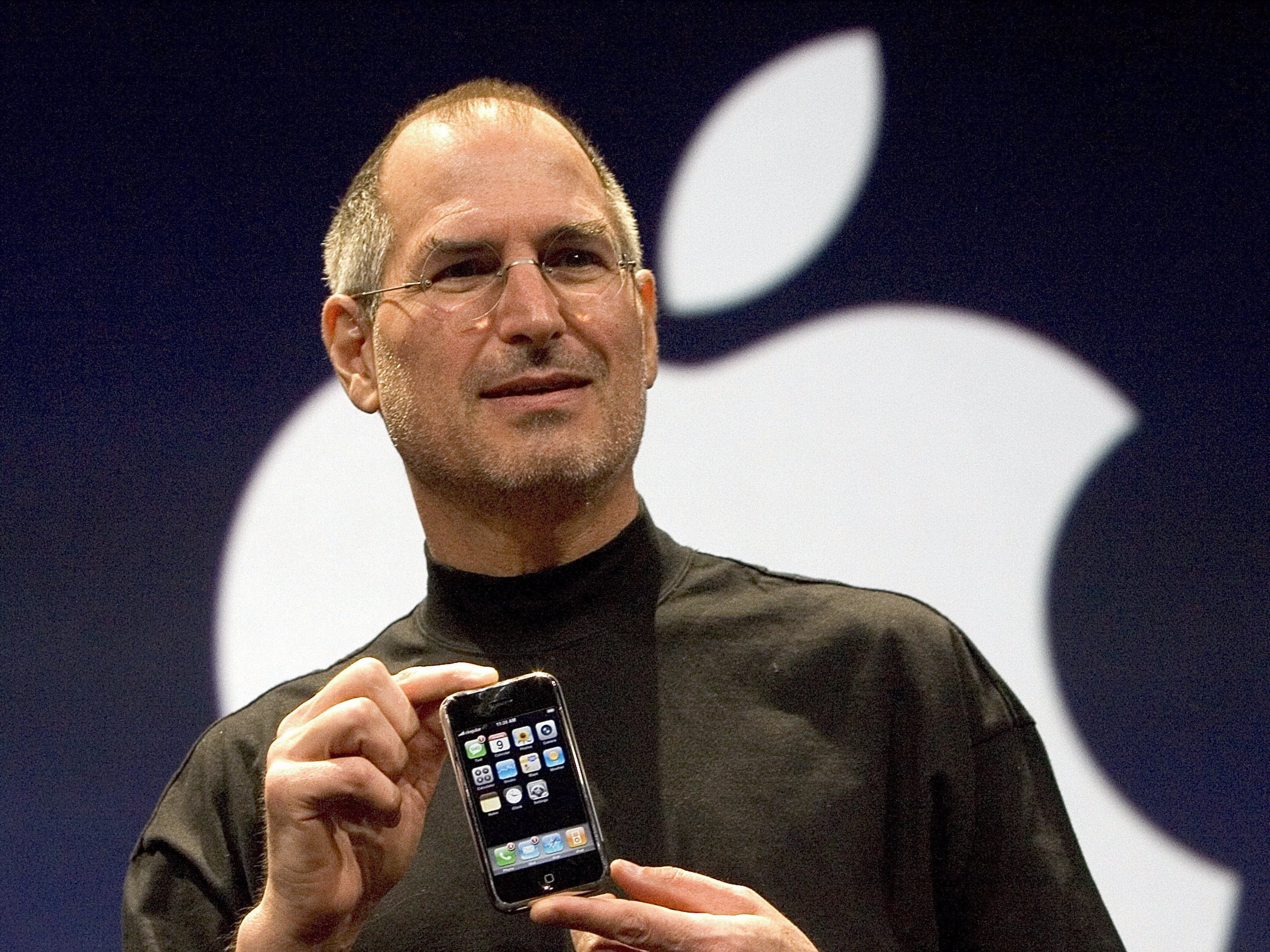Step away from that Cookie! It just might affect your organization's results.

If you've ever seen Joachim de Posada's online video of the Marshmallow Test, you know it's one of the more entertaining Ted Talks available, but it also provides an intriguing study of what is a much larger issue with employee engagement levels across the world.
In the late 1960s, Stanford professor Walter Mischel performed the famous Marshmallow test, in which they offered children the choice between one treat (e.g. a marshmallow or cookie), provided immediately, or two treats if they waited for a brief period. The testers left each child in a room, alone with the single treat for 15 minutes, and recorded whether the child ate the treat or held out for the bigger prize – two treats. In over 600 children who took part in the experiment, only one third deferred gratification long enough to get the second treat. In follow-up studies by Mischel and other researchers, they found that the children who could wait longer for the preferred rewards had better life outcomes, as measured by SAT scores, educational attainment, body mass index, and other life measures.
This and other similar studies suggest that the ability to delay gratification may be one of the most critical factors in achieving your full potential. Yet, as a society, there is a growing trend to sacrifice the rewards of the future for the instant gratification of the moment. This is especially apparent in organizations across the globe who are increasingly responding to the demands of market conditions that are changing daily. This has a trickle-down effect, as businesses become more shortsighted in their approach, due to the fear that missing quarterly earnings could signal the demise of the leadership team. The outcome of this more myopic decision-making is typically a degradation of trust with employees and longer-term under-performance of results.
A study done at Harvard Law School found a four-fold increase in CEO turnover, from 5% to 20%, over a 12-year period dating back from 1992. Couple this statistic with a mere 13% engagement level for employees across the world and it’s easy to correlate an inability to delay gratification with lower employee engagement levels and under-performing results. It should come as no surprise, that for organizations with high engagement scores, the opposite was true. According to Gallup’s “State of the Global Workplace,” organizations that had the highest employee engagement levels experienced nearly 150% greater earnings per share (EPS) than their competitors.
Shifting toward a complete focus on the long-term vision is not an easy feat and it can take a considerable effort to get there, but the rewards are massive, not just to the employees in your organization, but to all stakeholders. But as with any journey, it starts with an initial step: Stepping away from the cookie!
Visit us Here: The Nevada Group


















